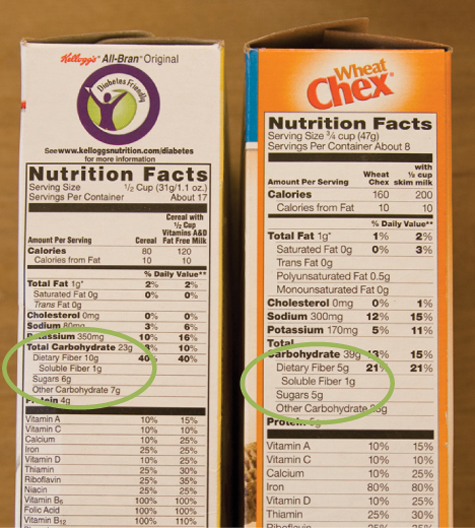In Praise of Whole Grains

The quick answer: To optimize value and nutrition, eat a variety of whole grains, (unless you have a tolerance problem).
_____________________________________________________________________________________________
Grains: Good or Bad?
Grains really are the staff of life—2/3 of the world population would starve without them. Depending on the region, rice, wheat or corn are popular forms. Over the last century health enthusiasts have advocated a return to eating grains whole, rejecting the modern refined form for lack of vital nutrients. (Whole grains are high in nutrients and low in calories; it’s the opposite for refined grains.) Society has generally ignored this guidance, preferring the sweetness of refined grains, though this is now changing.
In recent years advocates of the Atkins, or of the Paleo diet, have argued against grains. In addition, a small, but growing, fraction of the population do not tolerate gluten so must avoid certain grains (wheat, rye, barley, spelt, karmut, triticale, and sometimes oats). Celiac disease is a potentially fatal form of gluten intolerance.
The Dietary Guidelines for Americans 2010 recommends eating at least three services of whole grains daily. The Whole Grains Council notes these proven benefits of eating whole grains, vs. refined forms:
- Risk of stroke reduced 30-36%.
- Type 2 diabetes risk reduced 21-30%.
- Heart disease risk reduced by 25-28%
- Better weight control
- Reduced risk of asthma, inflammatory diseases, high blood pressure, and gum disease or tooth loss.
In our home, we eat a variety of whole grains and avoid refined white flour (except for making sauce or the occasional cake). Here’s a summary of recent posts about grains:
The Whole Darn Grain: This was the first post on grain and it introduced the “fiber-greater-than-sugar” rule for purchased cereal products.
Are Carbs Good or Bad? A post influenced by Gary Taubes’ book, Good Calories, Bad Calories, provided ten steps to a lower, and healthier, glycemic index.
The Bread of Life: We eat our weight in flour each year; for most less than 10% is whole grain. This post solicited reader’s favorite bread recipes.
A Few Good Women: The story of May Yates, a food heroine, who fought for whole wheat bread in England.
Flour and The Hundred Years War: Discussed the issue of freshness and preservation of whole grain flours and suggested grinding close to time of use.
The Good Breakfast: This is the easiest meal to make completely healthy. See the link to Healthy Recipe #1: Breakfast Compote.
Waking Up In The Bread Aisle: This popular aisle visit discussed the practice of “slotting fees,” then examined the bread for sale in a typical supermarket and found just 3 of 70 met the fiber health rule.
Trouble In The Cereal Aisle: In this post we spend a Friday evening in the cereal aisle and find just 8 of 128 meet our fiber-greater-than-sugar rule.
Healthy Change
 Comment: Whole grains are one of the best food values but we think it best to enjoy a variety. Please comment on how you include whole grains in the diet of your family, or share a favorite recipe.
Comment: Whole grains are one of the best food values but we think it best to enjoy a variety. Please comment on how you include whole grains in the diet of your family, or share a favorite recipe.
Need a reminder? Download our Healthy Change reminder card. Print and fold, then place in your kitchen or on your bathroom mirror to help you remember the Healthy Change of the week.
 Tuesday, June 5, 2012 at 11:44AM | by
Tuesday, June 5, 2012 at 11:44AM | by  Skip Hellewell |
Skip Hellewell |  13 Comments |
13 Comments |  8 References | | in
8 References | | in  healthy change,
healthy change,  whole grains |
whole grains |  Email Article
Email Article 















